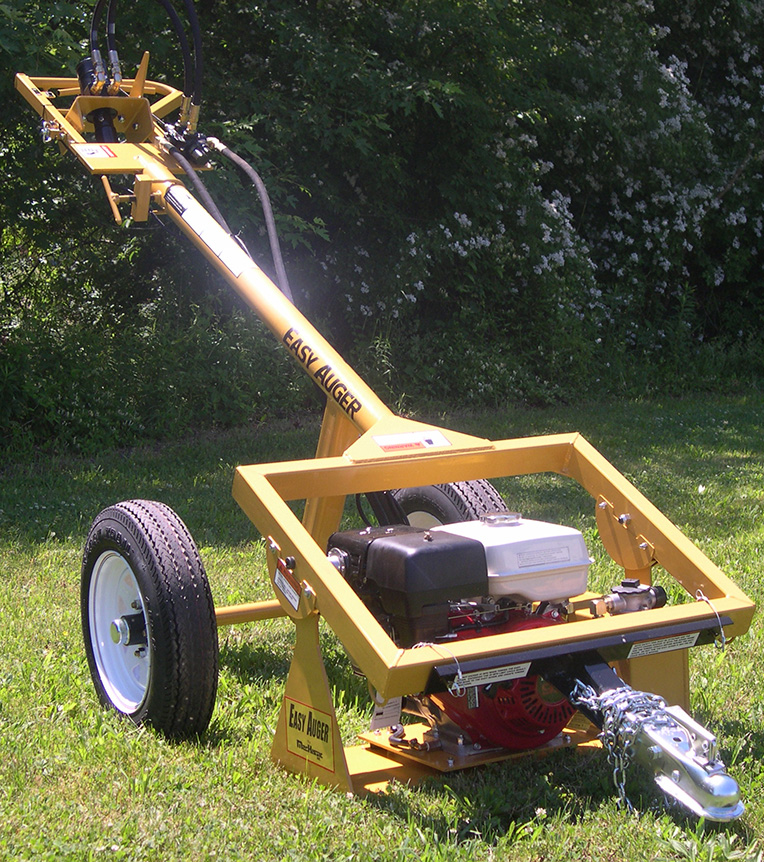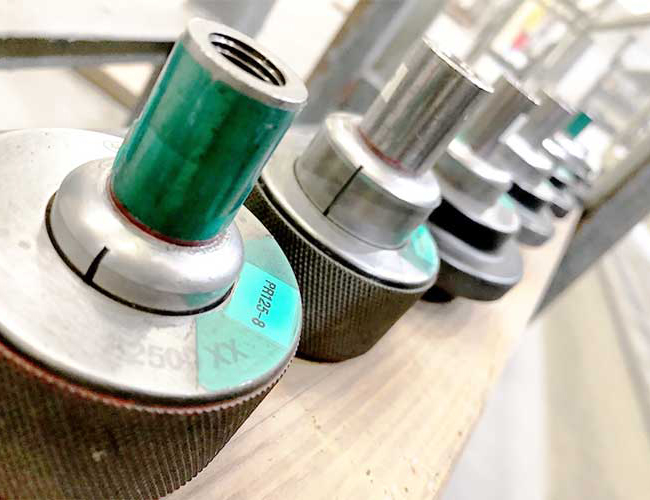A True Showroom is Fully Equipped With Designers & Samples
When envisioning the ideal kitchen and bath design showroom, imagine a space brimming with inspiration and resources. A quality showroom should be fully equipped with a wealth of material samples including countertops, cabinetry, backsplash ideas, flooring options, lighting ideas, and color swatches. This comprehensive array allows customers to make well-informed decisions about their home renovations. But what really sets a great showroom apart is the quality of the people who bring all this design knowledge together.
The Essentials of a Well-Equipped Showroom
A good kitchen and bath design showroom offers an extensive selection of materials and samples that allow clients to visualize their dream spaces. Here are some essential elements:
Countertop Samples: A variety of materials such as granite, quartz, marble, and laminate should be available for customers to touch and see up close. This helps them understand the texture, color, and durability of each option.
Cabinetry: Showcasing different styles, finishes, and hardware options is vital. Customers should be able to see and feel the quality of custom and semi-custom cabinets compared to standard prefabricated ones. For those looking for a custom kitchen cabinet design in NJ, having a range of customizable options is particularly appealing.
Backsplash Ideas: Tiles, mosaics, and other backsplash materials should be on display, offering a range of colors, patterns, and textures to complement any kitchen or bath design.
Flooring Samples: From hardwood and tile to vinyl planks and laminate, a variety of flooring options should be available to match different design aesthetics and budgets.
Lighting Solutions: Innovative lighting ideas, including under-cabinet lights, sconces, task lighting, pendant lights, and recessed lighting, should be demonstrated to help customers understand the impact of lighting on their space.
Color Swatches: A wide array of paint colors, stains, and protective coatings should be available, allowing customers to choose shades that match their vision rather than settling for pre-selected options.
The Importance of Expertise
While the materials are crucial, the true strength of a great showroom lies in the expertise of its staff. The synergy between professional kitchen designers, materials experts, and budget administrators is what transforms a good showroom into a great one.
- Kitchen Designers: These professionals bring creativity and practicality to the table. They are skilled in space planning, design principles, and project management. Accomplished luxury kitchen designers often hold certifications from respected organizations like the National Kitchen & Bath Association (NKBA). The NKBA offers several certifications, such as Certified Kitchen and Bath Designer (CKBD), which ensure that the designer has met high standards of knowledge and experience. If you are searching for a kitchen designer in Central Jersey, look for professionals with such credentials to ensure high-quality service.
- Materials Experts: These individuals have in-depth knowledge of the various materials available and their applications. They help clients select materials that fit both their aesthetic desires and functional needs. Their expertise ensures that choices made are both beautiful and durable.
- Budget Administrators: Managing a renovation budget can be daunting. A budget administrator helps clients navigate costs, ensuring that they stay within budget without compromising on quality. They offer realistic cost estimates and help prioritize spending on key elements of the design.
Certifications and Education
In the United States, kitchen designers often hold certifications that attest to their expertise. The NKBA provides various certifications, and their affiliated schools offer programs that ensure designers are well-prepared. Attending these programs is an excellent pre-requisite for any kitchen designer, as it combines formal education with practical experience.
For instance, NKBA-affiliated schools offer comprehensive courses in kitchen and bath design, covering everything from technical skills to the latest design trends. These programs ensure that designers are not only creative but also knowledgeable about industry standards and best practices.
Custom vs. Prefabricated Cabinets
One of the critical decisions in kitchen design is choosing between custom kitchen cabinets and pre-fabricated cabinets. Custom cabinets are tailor-made to fit the specific dimensions and design preferences of your kitchen. They offer unmatched flexibility in terms of design, material, and finish. This allows for unique, high-quality outcomes that align perfectly with the client’s vision.
On the other hand, pre-fabricated cabinets, commonly found in home improvement stores, are mass-produced in standard sizes and finishes. While they are often more affordable and quicker to install, they lack the personalization and high-end feel of custom cabinets. They might not fit as seamlessly into unique kitchen layouts and can limit design creativity.
The Importance of Personalizing Finishes
Choosing your own paint colors, stain colors, and protective coatings is an essential part of the design process. Customizing these elements allows you to create a unique and cohesive look that reflects your personal style. Pre-selected options found in inventory might not perfectly match your vision or the specific needs of your space. Personalized finishes ensure that every detail of your kitchen or bath design is exactly as you imagined.
Conclusion
A good kitchen and bath design showroom is defined by its comprehensive selection of materials and the expertise of its staff. With an array of samples for countertops, cabinetry, backsplashes, flooring, lighting, and color swatches, customers can envision and create their dream spaces. The collaboration between skilled kitchen designers, materials experts, and budget administrators ensures that every project is beautifully executed within budget. Certifications from reputable institutions like the NKBA further guarantee the quality of the designers. Ultimately, the ability to choose custom finishes over standard options elevates the design, making the final outcome truly unique and personalized. For those in the area, a kitchen and bath showroom near Princeton or kitchen designers in Somerset County should embody these qualities, providing both inspiration and expertise to transform your space. This blend of resources and expertise is what makes a good showroom great.








